Food
Top 10 Restaurants in Delhi (2025): Where Tradition Meets Innovation

From royal Mughlai feasts in Old Delhi to cutting-edge culinary artistry in South Delhi, the capital’s food scene is unmatched. Here are the top 10 restaurants in Delhi you must visit in 2025—whether you’re a local foodie or a visitor with taste.
Indian Accent (Lodhi Road)
Award-winning and globally acclaimed, Indian Accent is known for reinterpreting traditional Indian dishes with international flair.
- Must-try: Blue cheese naan, meetha achaar pork ribs
- Ambience: Upscale and artistic

Bukhara (ITC Maurya)
A world-famous institution for its rugged charm and robust tandoori dishes.
- Must-try: Dal Bukhara, Sikandari Raan
- Ambience: Rustic, open kitchen, no cutlery!
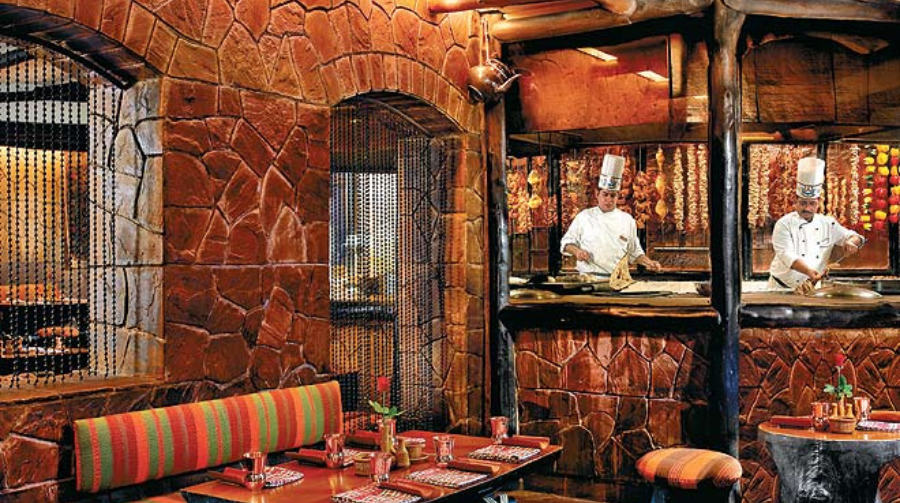
Karim’s (Jama Masjid)
Running since 1913, Karim’s is synonymous with rich Mughlai cuisine.
- Must-try: Mutton korma, kebabs
- Ambience: Heritage, street-style vibe
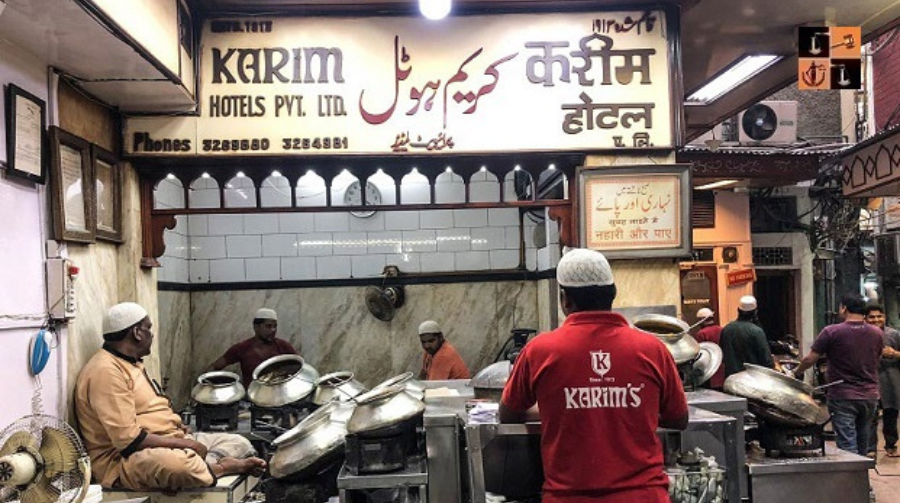
Olive Bar & Kitchen (Mehrauli)
Perfect for date nights and Sunday brunches with a view of the Qutub Minar.
- Must-try: Truffle oil pasta, wood-fired pizza
- Ambience: Elegant, courtyard dining

Moti Mahal (Daryaganj)
Home to the original butter chicken and tandoori chicken.
- Must-try: Butter chicken, tandoori roti
- Ambience: Classic North Indian diner
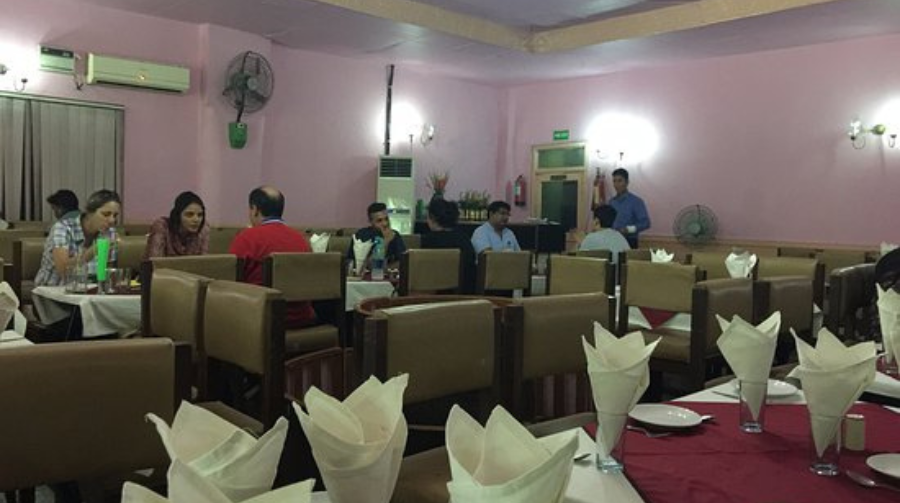
Dum Pukht (ITC Maurya)
Savor slow-cooked Awadhi delicacies in regal surroundings.
- Must-try: Nihari gosht, biryani
- Ambience: Luxurious and quiet

Masala Library (Janpath)
Chef Jiggs Kalra’s modern Indian cuisine with molecular gastronomy.
- Must-try: Pani puri spheres, deconstructed rabri
- Ambience: Modern and theatrical

Bo Tai (Mehrauli)
A rooftop Thai-Chinese fusion restaurant known for its cocktails and ambiance.
- Must-try: Tamarind crab cakes, Thai lamb curry
- Ambience: Lively and stylish

Megu (The Leela Palace)
Top-tier sushi, sashimi, and Japanese delicacies in a posh setting.
- Must-try: Miso black cod, wagyu nigiri
- Ambience: Zen elegance

The Spice Route (The Imperial)
A sensory journey through Kerala, Thailand, and Vietnam.
- Must-try: Thai green curry, nasi goreng
- Ambience: Hand-painted Southeast Asian interiors

Ai
Dhwajarohan at Ram Mandir: Yogi Adityanath Calls It a New Era
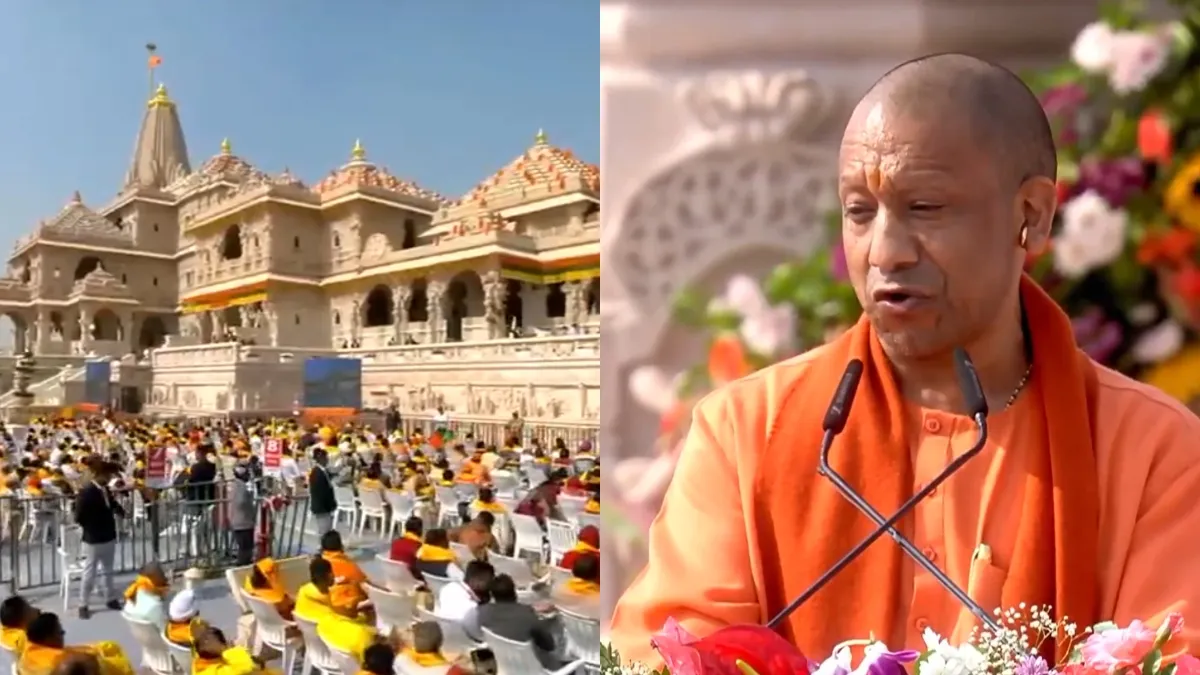
Dhwajarohan at Ram Mandir Marks Beginning of a New Era: Yogi Adityanath Speaks
New Delhi:
Uttar Pradesh Chief Minister Yogi Adityanath addressed the gathering at the Dhwajarohan ceremony at the Ram Mandir on Tuesday, November 25. The occasion saw Prime Minister Narendra Modi and RSS chief Mohan Bhagwat hoist the saffron flag atop the temple’s shikhar on Vivah Panchami, marking a significant milestone in India’s socio-cultural and spiritual journey.
Speaking at the ceremony, Yogi Adityanath described the event as “the beginning of a new era.” He said,
“Flag hoisting at the grand temple of Bhagwan Ram in Shri Ayodhya Dham is not the ‘Poornaahuti’ of a Yagya but the start of a new chapter. I thank PM Modi on this occasion on behalf of Ram devotees.”
The UP CM dedicated the day to the revered saints, warriors, and devotees of Lord Ram who had devoted their lives to the temple movement. He added,
“Faith did not bow down and did not stop. When the RSS gained power, one fearless voice rose: ‘Ram Lalla Hum Aayenge, Mandir Wahi Banaenge,’ ‘Lathi Goli Khaenge, Mandir Wahi Banaenge.'”
Yogi Adityanath also congratulated the Karma yogis who sacrificed their lives for the temple.
“This grand temple is a symbol of the faith and self-respect of 140 crore Indians. This flag is proof that the light of Dharma is eternal and the principles of Ram Rajya are timeless. When PM Modi became Prime Minister in 2014, the faith of crores of Indians found expression in this grand temple. This saffron flag represents Dharma, integrity, truth, justice, and Rashtra Dharma.”
The flag-hoisting ceremony symbolizes both the completion of the temple’s construction and the ushering in of a new chapter of cultural celebration and national unity. The saffron flag, a right-angled triangular banner measuring 10 feet in height and 20 feet in length, features a radiant sun representing Lord Ram’s brilliance and valor, the sacred Kovidara tree, and the Om symbol. Crafted from parachute fabric with silk threads, the flag embodies dignity, unity, cultural continuity, and the ideals of Ram Rajya.
Mounted on a 42-foot-high pole atop the 161-foot Shikhar, the flag is inspired by descriptions in the Valmiki Ramayana. Its triangular design represents the divinity, strength, and eternal spirit of Lord Ram.
Food
Chia Seed Water vs Lemon Water: Which One Should You Start Your Day With?
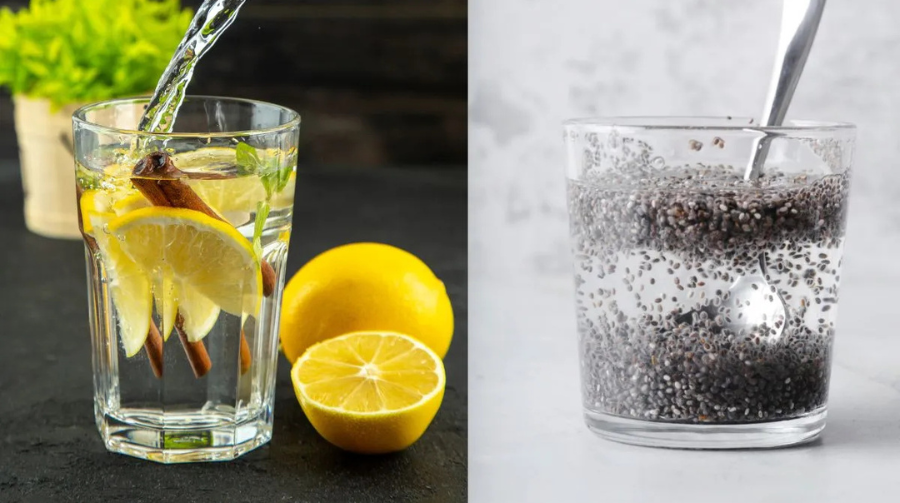
Why Compare These Drinks?
Chia seed water and lemon water are both trendy morning beverages touted for digestion, hydration, and wellness benefits. Here’s a deeper look at what each offers—and how they stack up.

Lemon Water: Simple & Effective
- Hydration + Vitamin C: Expert gastroenterologists highlight its ability to enhance hydration with added antioxidants, helping with skin health, iron absorption, and nerve function
- Gentle Digestive Support: Warm lemon water in the morning can gently stimulate digestion and saliva production, but detox claims often overpromise
- Low-Calorie & Refreshing: Ideal for replacing sugary drinks—pleasant to sip through the day, especially with mint or cucumber
- Mild Risks: Frequent consumption may erode tooth enamel; those with reflux should use a straw and limit intake
Chia Seed Water with Lemon: Fiber-Packed Superdrink
- Rich Fiber & Gut Health: One or two tablespoons of chia seeds offer about 5–10g of soluble fiber, forming a gel-like texture that promotes regular bowel movements and supports digestion
- Heart & Sugar Support: Omega‑3s, antioxidants, and fiber help regulate blood sugar, lower LDL cholesterol, and reduce inflammation
- Satiety & Weight Management: The combination of fiber, mild protein, and lemon enhances fullness, reducing cravings between meals
- Preparation Matters: Experts warn against dry-scooping—seeds must be soaked 15–30 min to expand; otherwise they may worsen constipation or cause gas
- Safety Notes: Start with small portions; those on blood thinners, with IBS, or swallowing issues should consult a professional
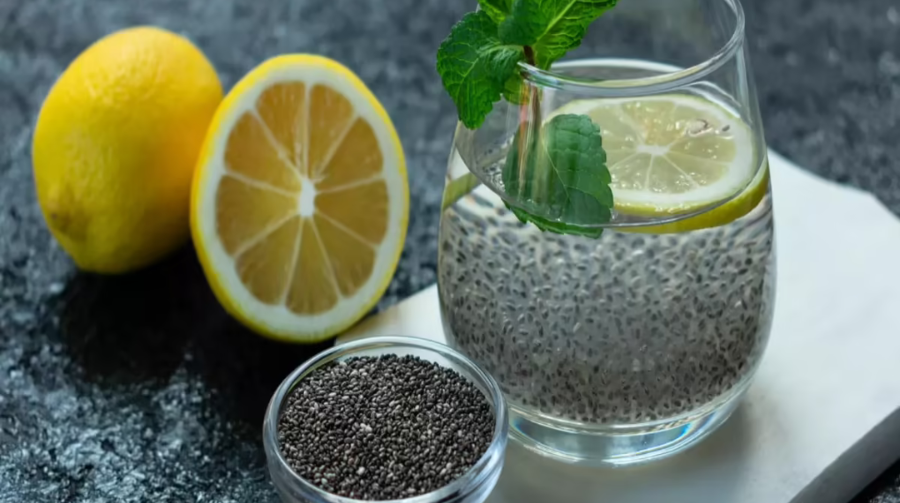
Side-by-Side Comparison
| Feature | Lemon Water | Chia Seed Water (+ Lemon) |
|---|---|---|
| Hydration | Excellent | Enhanced – chia retains water longer |
| Digestive Support | Mild, natural stimulation | Stronger – fiber-rich gel aids bowel movement |
| Satiety / Weight Aid | Low to moderate | High – fiber helps reduce hunger |
| Heart / Metabolic Benefits | Vitamin C, antioxidants | ALA omega‑3, antioxidants, blood sugar moderation |
| Ease of Use | Very quick and simple | Requires soaking time and proper prep |
| Potential Side Effects | Acidic for teeth, may bother reflux | Bloating, gas, obstruction if under-soaked or sudden |
| Ideal For | Hydration, immunity boost, sensitive stomach | Digestive health, weight control, fiber intake |

What Health Experts Say
- Gastroenterologists and dietitians recommend chia water only when properly prepared—soaking is critical to avoid digestive issues
- Dr. Will Bulsiewicz endorses the chia “internal shower” trend for relieving constipation when consumed safely
- Lemon water is praised for hydration and immune support—but should be consumed mindfully to minimize enamel erosion and acidity effects
So, Which One Should You Start Your Day With?
Choose Lemon Water if you:
- Seek gentle hydration, vitamin C, and an early digestive boost.
- Have a sensitive stomach or citrus-related reflux.
- Prefer low-maintenance, quick morning routines.
Opt for Chia Seed Water with Lemon if you:
- Are targeting fiber-boosted digestion, constipation relief, or blood sugar balance.
- Want greater satiety and support for weight management.
- Are mindful of proper preparation and can tolerate the texture.
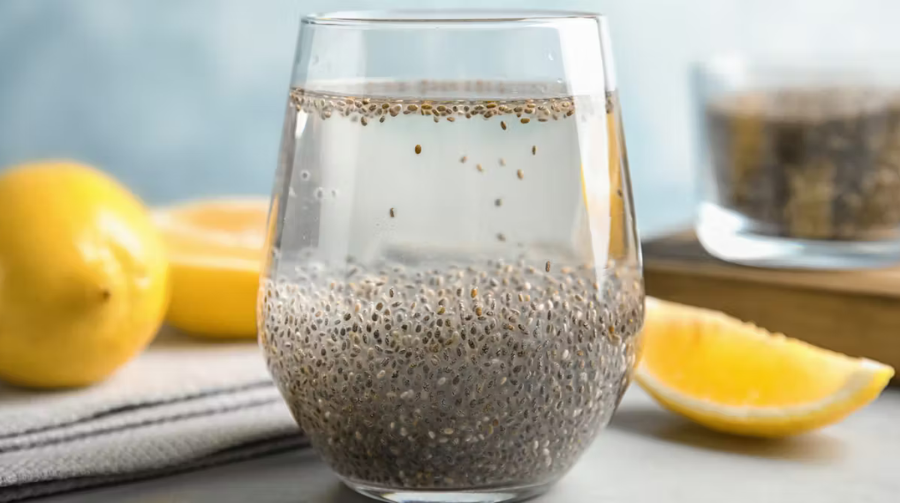
How to Prepare Chia Seed Lemon Water Safely
- Add 1–2 teaspoons (max 1 tablespoon) of chia seeds to 8–12 oz water.
- Let it soak 15–30 minutes to form a gel.
- Add juice from half a lemon, and stir.
- Drink on an empty stomach, followed with more plain water.
- Start slowly (half teaspoon), then increase if tolerated.
- Limit to 1–2 servings per day.
- Stay hydrated and consult your doctor if on medications or existing gut issues
Final Thoughts
Both lemon water and chia seed water offer unique benefits—but your best choice depends on your goals and tolerance:
- For hydration, immune support, and easy digestion, start with lemon water.
- To support fiber intake, regularity, and full-body nutrient absorption, chia water with lemon is ideal—but only if prepared mindfully.
Incorporate one—or both—into a broader healthy morning ritual that includes balanced meals, movement, and hydration for lasting energy and wellness.
Would you like a downloadable infographic, recipe video script, or social caption set for this topic?
Food
India Mocked Haldi Doodh, Now Buys It Back as ₹500 “Golden Milk” at Starbucks
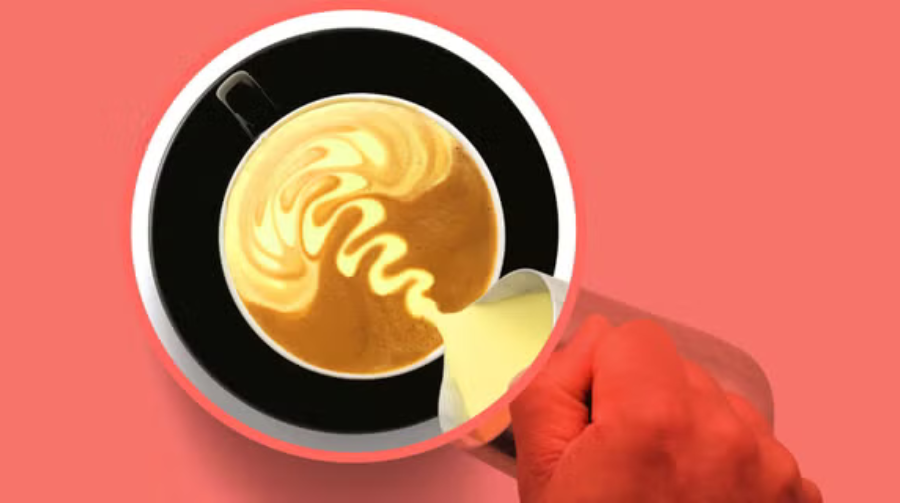
What we once giggled over as grandma’s old-fashioned haldi doodh is now marketed in cafés as “golden milk”—often at 25 times the original cost. Indians scoffed, then splurged. Here’s the full story behind this cultural comeback.

The Reality Check—₹20 to ₹500
A Mumbai branding founder highlighted a jarring truth: traditional turmeric milk—available in many homes for around ₹20 a cup—is now presented by global wellness chains like Starbucks under the name “golden milk”, costing approximately ₹500. That’s a 25× markup on a beloved staple
Her point goes deeper: “If we ignore our own traditions, others will capitalize on them—and we’ll buy them back at premium prices,” she warned
Golden Milk’s Global Glow-Up—and the Appropriation Question
Worldwide, #goldenmilk has become a trend. Cafés in major cities promote it as a wellness elixir—complete with latte art and Instagram appeal—while detaching it from its roots in Indian home kitchens
This trend has raised growing concerns about cultural appropriation, where a native remedy is decontextualized, rebranded, and commodified—with little credit to its origin

What Makes Haldi Doodh Special?
Ancient Comfort, Modern Science
- Centuries-old remedy: In India, haldi doodh is a home remedy for everything from colds to sore joints, used across generations
- Proven wellness benefits: Turmeric’s active compound, curcumin, offers anti-inflammatory and antioxidant effects. And combined with black pepper, its absorption improves dramatically—a trick grandma instinctively knew
Yet, science-based wellness brands simplify—often using plant-based milk or powder mixes—stripping away cultural context and the integrity of the tradition
Why the Irony Stings
- Many Indians once regarded haldi doodh as outdated or “uncool.” Now they cheer for it once it’s foreign-labelled and sold at luxury prices
- This isn’t just about paying more—it’s about cultural amnesia: our roots being erased unless repackaged by the West
- Brands that launch turmeric-based wellness products often fail to credit the tradition, instead casting it as novelty rather than continuous heritage.
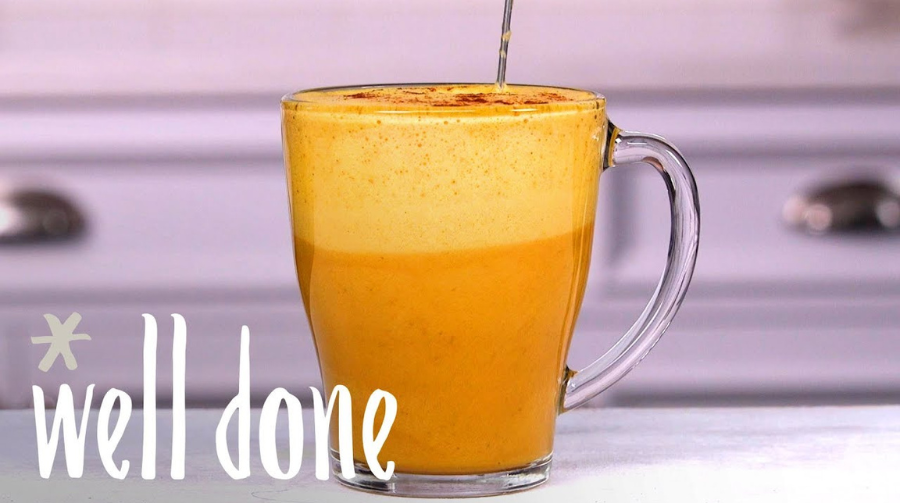
What We Can Do—Reclaim Now, Before It’s Too Late
- Celebrate “Haldi Doodh” by name
Simple acts—like asking cafés to serve it under its original name—help reclaim the narrative. - Educate and advocate
Share how this drink passed down through generations supported wellness long before it became Instagram-worthy. - Support local artisans and Ayurveda-based brands
Prioritize authentic desi businesses that honour the recipe, not just profit from it. - Intellectual and cultural awareness
Demand credit and even legal protection—just like traditional knowledge patents—to prevent overseas reposting without acknowledgement
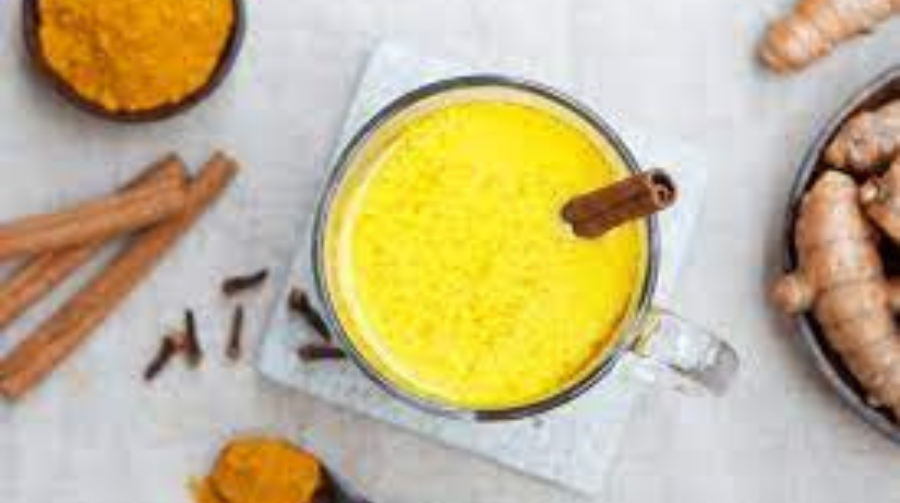
Final Sip—The Price of Disrespect
The ₹500 golden latte might feel indulgent today, but tomorrow? If we don’t speak up—and own our stories—next week’s ₹1,200 “ancient tonic” might already be marketed by someone else’s brand. As the Mumbai founder said: For decades we mocked the nuskhas… now we clap when they return with foreign branding.”
“If we don’t shape our own legacy… someone else will. Then our identity won’t feel like ours anymore.
-

 Celebrity Lifestyle7 months ago
Celebrity Lifestyle7 months agoEx-Cricketer Shikhar Dhawan Buys Ultra-Luxury Apartment Worth ₹69 Crore in Gurugram
-

 Crime & Investigation5 months ago
Crime & Investigation5 months agoDelhi Police SI Neetu Bisht Caught Taking ₹20 Lakh Bribe – Shocking Details Emerge in Corruption Probe
-

 Glamour & Entertainment6 months ago
Glamour & Entertainment6 months agoTelegram Channels Disseminating Pro‑Russian Propaganda in Poland
-

 Entertainment6 months ago
Entertainment6 months agoAbhijeet & Dr Tarika Reunite in CID 2 — Fans Say ‘Clear the Misunderstanding Now
-

 Business6 months ago
Business6 months agoAmazon sets 30‑day relocation deadline for corporate staff—opt out by resigning in 60 days
-

 Bollywood4 months ago
Bollywood4 months agoNo ₹3 Lakh Fine or 2-Year Jail: The Truth Behind the ‘Hakla’ GIF Buzz
-

 Celebrity Lifestyle6 months ago
Celebrity Lifestyle6 months agoMaha Kumbh Girl Monalisa seen in car allegedly worth ₹1 crore
-

 Education6 months ago
Education6 months agoNEET UG Controversy Explained: Paper Leak, Impersonations & Ongoing Probe




